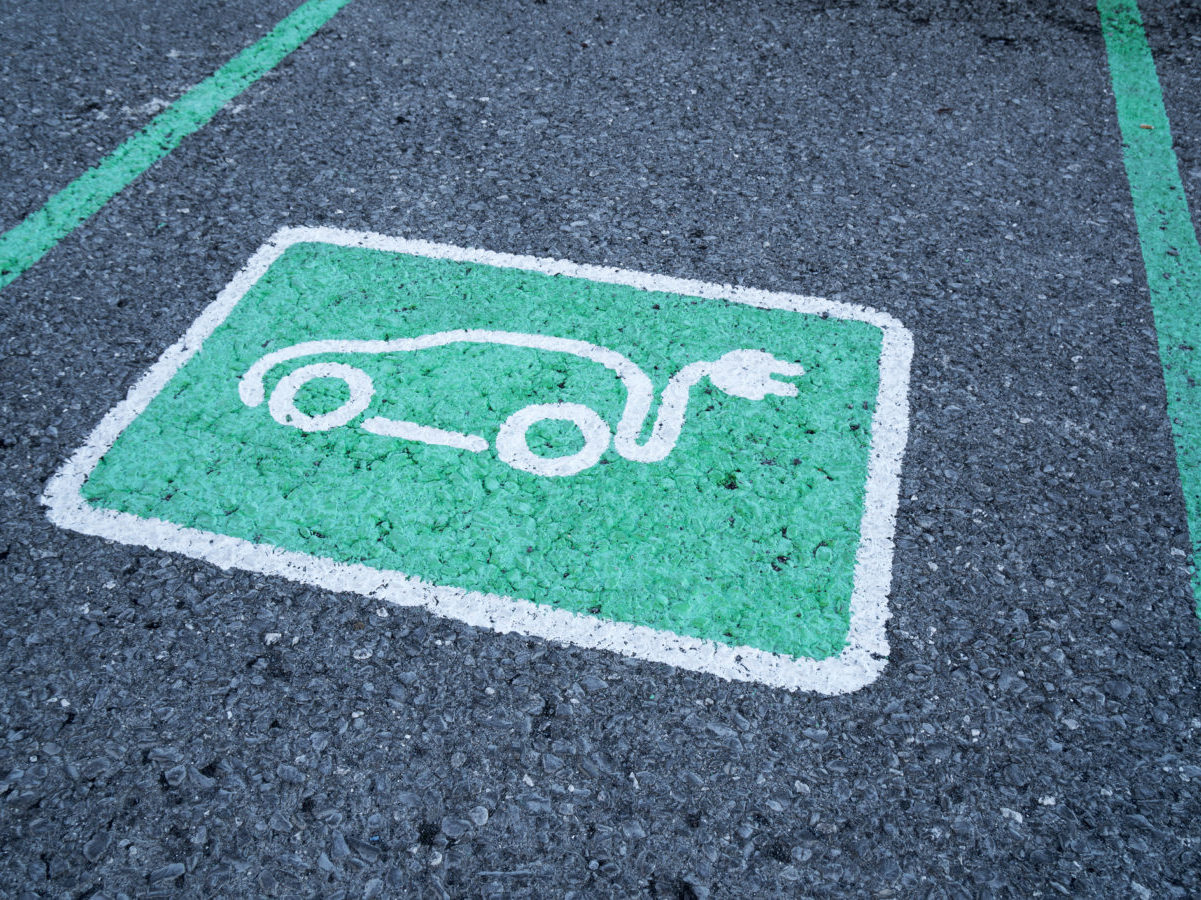
In the face of declining profits, utility companies are recognizing Electric Vehicle (EV) charging as a viable source of revenue.
According to a report from the Vermont Energy Investment Corporation, a comprehensive shift to EV charging is estimated to increase average household electricity use by approximately 25 percent. Puget Sound Electric (PSE) estimates that each EV in its territory will result in a net revenue increase for the utility, a gain that helps justify its conservation charge for EVSE (electric vehicle supply equipment) incentives.
While utilities like PSE understand the financial benefits, the savings for mainstream residential drivers is largely underestimated. Today, most consumers interested in purchasing an EV cite environmental benefits — not cost reductions. There have been several news stories during the first quarter of 2019 claiming that driver incentives are hype and electric vehicles are only for the “green” wealthy. This is due, in large part, to the high vehicle sticker price for the vehicles. In 2018, the base price of most popular EV models ranged from $22,490 to $72,000, after Federal Incentive Discounts.
In the article, “How much do electric cars cost?”, EnergySage compared the price of EVs to gas-powered cars with similar luxury and performance ratings. The conclusion was that EVs cost slightly more upfront. Since the EnergySage article was published, the cost of EVs has fallen.
Getting Deeper Savings through TOU Rates
Removal of fuel expenses and reduced maintenance costs quickly close the gap in vehicle prices and make the total cost of ownership (TCO) for EVs more appealing for the non-wealthy. Drivers who can take advantage of utility time-of-use (TOU) rates save even more. The TOU rates charge customers less for using energy when there is less demand on the electric power grid. Examples of low stress times include mid-day when energy from renewables like solar power are abundant, or late in the evening when people have turned in for the night.
The CPUC (California Public Utilities Commission) conducted data analysis showing that with TOU rates, both costs to the utility and revenue, are expected to be substantially lower than typical usage rate. As a result, the value of the additional revenue is expected to be greater than additional capacity costs across all scenarios.
Today, the bulk of utilities don’t currently offer TOU rates. “Most utilities have not moved to time-varying rates because regulators assume customers cannot understand them and do not have the technology to manage them,” says Ahmad Faruqui, Group Principle for the Brattle Group. To the contrary, Brattle conducted a survey of utility customers in the state of California to get their response to over 300 time-varying rates in 62 pilots. Results proved that customers are sufficiently prepared to understand and respond to TOU rates as shown in the examples below.
California Leading the “Charge”
It’s no secret that California leads the country in both EV adoption and TOU rate programs. As a result, utilities across the state are actively promoting both, including Sacramento Municipal Utility District (SMUD), which serves customers in Sacramento County, California, and a small portion of adjacent Placer County.
The utility offers a handful of opportunities to save money on EV charging. All EV Customers can choose between a $599 incentive for two years of free charging, or a 240-volt, high-powered charger. Additionally, they spend less to charge their vehicles outside of the high-demand hours of 5:00 PM – 8:00 PM, Monday-Friday during the summer. Customers who choose to plug-in between midnight and 6:00 AM, every day of the year, receive an additional credit of 1.5¢ per kWh.
SMUD does a good job of explaining these options on their website at https://www.smud.org/en/Going-Green/Electric-Vehicles/Residential, along with EV evaluation tools and useful decision-making information.
Small Midwest Town Leveraging Partnerships
Although California utilities are collectively leading other states in EV education and TOU rates, utilities in the Midwest are stepping up, as well. Among them is Elk River Municipal Utilities, an electric and water utility in Minnesota that serves areas of Elk River, Otsego, Big Lake Township, and Dayton.
During September 2017, the utility kicked off their EV charging program with an “EV Charging Station Ribbon Cutting Celebration”. It was promoted through Event Bright, social media, PR, their website and blog posts and included several local, supporting organizations who shared their knowledge of EVs. These included: Elk River Mayor John Dietz, State Representative Nick Zerwas, the National Drive Electric Week organization, Great Plains Institute and Drive Electric MN, Cornerstone Automotive, the City of Elk River, the Elk River Star News, and the American Public Power Association.
Today, if you visit the utility’s website at https://www.elkriverutilities.com/pages/electric-vehicle-inhome-charging-program you will see this value proposition: “Charge your Electric Vehicle (EV) with 100% renewable energy in the convenience of your home! Elk River Municipal Utilities now offers an EV charging program that features an affordable time-of-use (TOU) rate”. They advertise a $500 rebate towards the purchase and installation of a 240-volt EV charger.
Elk River’s website explains on- and off-peak times with associated rates. Additionally, it includes the U.S. Department of Energy’s “Plug-In Electric Vehicle Handbook for Consumers”, contact information for Tom Sagstetter, Elk River’s Conservation and Key Accounts Manager, and a fillable 2019 Electric Vehicle Charger Installation Rebate Application.
Con Edison Charges Ahead with Rewards Program
In the Northeast, Con Edison, an electric, gas, and steam utility that provides energy to ten million people in New York City and Westchester County, allows EV customers to earn up to $500 per year. Its program, SmartCharge New York, markets their program as the opportunity to “join a community”. It includes a free FleetCarma device that provides them with feedback on how they compare to other EV owners and how to earn rewards for charging during times where there is less stress on the grid.
Closing the Knowledge Gap
With a clear financial upside for both utilities and their customers, and proof that customers can understand and respond to TOU rates, educating them about the benefits of EVs should become a key focus for utilities. Fortunately, successful programs are growing in number across the country, and provide new market entrants with a wealth of information about what works and what doesn’t.
Vanessa Edmonds is an experienced go-to-market advisor who helps clients build brands and win new business through an integrated approach to business strategy, marketing, and sales enablement.
A key driver of her success is her knowledge of technology and innovative concepts. She has an innate and ability to define the value proposition of technical products and services and reach non-technical business audiences with the right messages in their time of need.
Vanessa’s utility industry expertise spans twelve years. She has been published by several organizations including the Utility Analytics Institute, BBC, Electric Power Research Institute, CIO Review and the Utility Analytics Institute.













